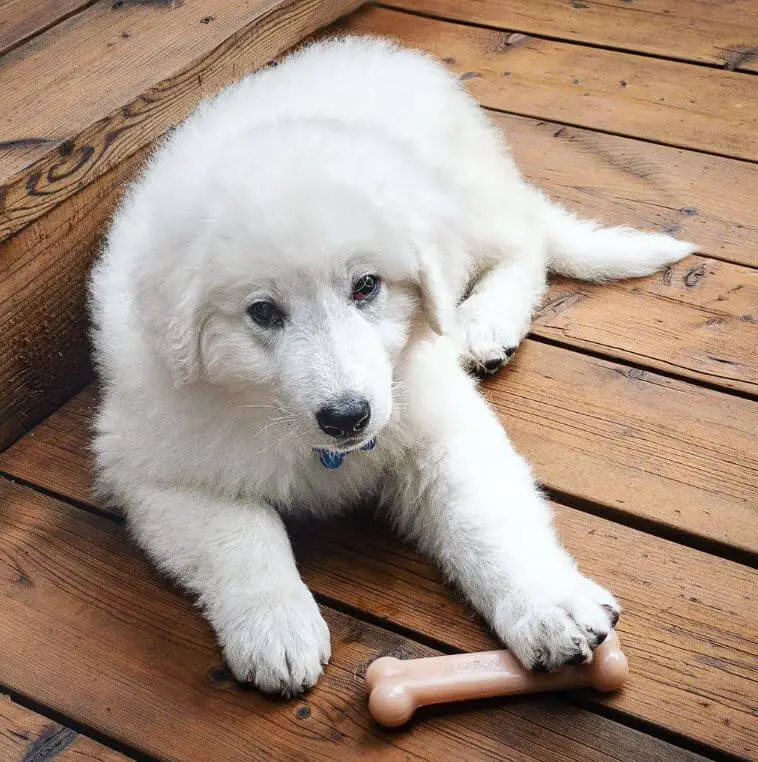Rawhide chews have long been a popular choice for dog owners seeking to provide their furry companions with a chewy treat that keeps them occupied. However, concerns about the safety of rawhide chews have arisen, leaving many pet owners wondering whether these treats are a risky choice. In this article, we’ll delve into the potential dangers associated with rawhide chews and offer insights into making an informed decision for your dog’s well-being.

Understanding Rawhide Chews:
Rawhide chews are typically made from the inner layer of animal hides, often cow hides, that undergo a process of cleaning, cutting, and shaping. They are marketed as long-lasting treats that can help clean a dog’s teeth and alleviate boredom.
Risks Associated with Rawhide Chews:
- Choking and Blockages: One of the primary concerns with rawhide chews is the risk of choking. Pieces can break off and become lodged in a dog’s throat, posing a life-threatening situation. Additionally, larger chunks of rawhide can lead to intestinal blockages if swallowed.
- Digestive Issues: Some dogs have sensitive stomachs and might experience digestive issues after consuming rawhide. This can manifest as vomiting, diarrhea, or gastrointestinal discomfort.
- Chemicals and Contaminants: The processing of rawhide chews often involves the use of chemicals like bleach and other additives. These substances can potentially be harmful if ingested by dogs.
- Allergic Reactions: Dogs can have allergies or sensitivities to certain components of rawhide, leading to skin reactions, itching, or other adverse effects.

Benefits of Rawhide Chews:
While there are risks associated with rawhide chews, they do have potential benefits, including:
- Dental Health: Chewing on rawhide can help scrape away plaque and tartar buildup, promoting better oral hygiene.
- Chewing Outlet: Rawhide chews provide dogs with a natural outlet for their chewing instincts, helping to prevent destructive chewing behavior.
Safer Alternatives:
If you’re concerned about the risks associated with rawhide chews, consider these safer alternatives:
- Natural Chews: Opt for natural chews made from ingredients like bully sticks, antlers, or dental chews that are designed to promote oral health.
- Edible Treats: Choose edible treats that are specifically formulated to be easily digestible and free from harmful additives.
- Rubber or Nylon Toys: Offer your dog rubber or nylon toys designed for chewing, as they are less likely to break into dangerous pieces.
Supervision and Moderation:
If you choose to give your dog rawhide chews or any other type of chew, follow these guidelines:
- Supervision: Always supervise your dog while they’re chewing to prevent choking or other accidents.
- Moderation: Limit the amount of time your dog spends chewing and choose appropriately sized chews to reduce the risk of choking.

While rawhide chews have been a staple treat for dogs, it’s essential to weigh the potential risks against the benefits. Choking hazards, digestive issues, and the use of chemicals are legitimate concerns associated with these treats. If you choose to give your dog rawhide, closely supervise their chewing and remove any small pieces that break off. Alternatively, explore safer alternatives that offer dental benefits and chewing satisfaction without the potential dangers. Ultimately, your dog’s safety and well-being should guide your choice of treats, ensuring they enjoy a happy and healthy life. Always consult your veterinarian if you’re unsure about the best options for your furry friend.
